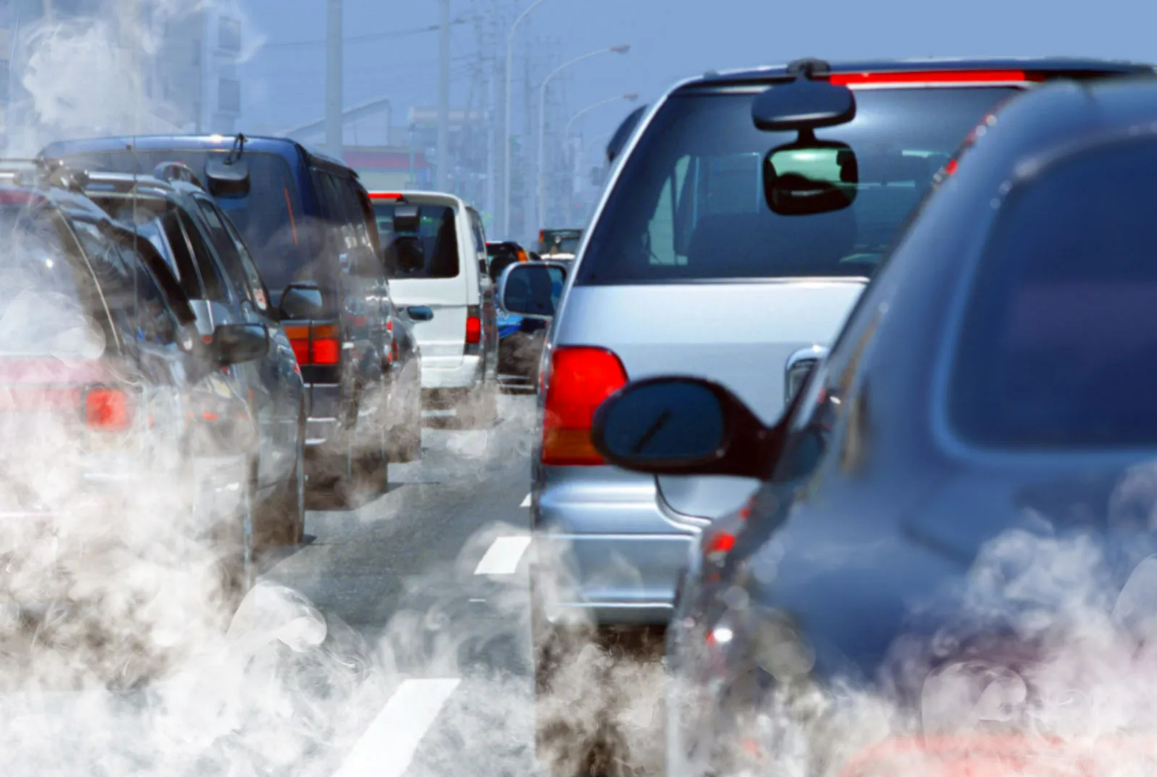
On-road vehicles are an important source of fine particulate matter.
Particulate matter (PM) is a contaminant that can be found in our air. PM ranges in size from visible to invisible, requiring the use of an electron microscope to detect. Understanding where PM comes from is critical to preventing or decreasing its harmful impacts on people and the environment.
What is Particulate Matter and How Does It Affect You?
Particulate matter (PM), often known as particle pollution, is a mix of solid and liquid droplets found in the air. The chemical composition, shape, and size of PM vary.
Particulate matter is divided into three categories based on its size:
PM10: Particles with a diameter of 10 micrometers or less are referred to as PM10.
PM2.5: Particles with a diameter of 2.5 micrometers or less are referred to as PM2. Because they can penetrate further into the lungs than PM10 particles, these particles are also known as “fine particles.”
“Can you tell me how little 2.5 micrometers is?” Consider a single hair on your head. The average human hair is 70 micrometers in diameter, which is 30 times the size of the smallest microscopic particle.” (EPA) (Environmental Protection Agency) (EPA) (Environmental Protection Agency) (EPA) (Environ The EPA has provided the following graphic:
Particulate Matter Exposure: Possible Symptoms
PM is a source of concern because of the wide range of symptoms it can induce, as well as its potential to do so. PM10 can enter the lungs through the mouth and nose, whereas PM2.5 can go deeper.
The severity of symptoms varies depending on the amount of particulate matter exposed and the person’s sensitivity to it. PM exposure does not cause symptoms in everyone. Some of the symptoms of PM exposure are listed below.
- Irritation of the eyes, nose, and throat
- Coughing
- Heartbeats that aren’t regular
- Breathing problems or a decrease in lung function
- Asthma flare-ups
- Heart attacks that do not result in death
- People with heart or lung illness who die too soon
Who is the most vulnerable to Particulate Matter?
Certain persons are more vulnerable to particulate matter exposure than others. Groups with sensitivities that may make them more vulnerable to symptoms are outlined below:
- People suffering from lung illness. Lung disease can cause difficulty breathing, as well as increased coughing, chest pain, wheezing, and exhaustion.
People who suffer from heart disease. Heart disease patients may experience serious short-term complications, such as a heart attack. Chest pain or tightness, rapid heartbeat, shortness of breath, and increased weariness are all signs of a significant condition. - Elderly. Pre-existing diseases, such as lung or heart disease, are more common in older persons and the elderly. Exposure to PM may hasten their death due to their age and pre-existing diseases.
- Children. The lungs of children are still maturing. Their lungs are at danger of shrinking as a result of PM exposure.
- Asthmatics. Asthmatics may notice an increase in asthma symptoms and visits to the emergency department.
What Causes Particulate Matter to Form?
Particulate matter can come from both natural and human-caused sources, and it can be found both indoors and outdoors, depending on the source. PM comes from a variety of sources, including:
- Wildfires
- Storms of dust
- Eruptions of volcanoes
- Spray from the sea
- Components of biological sources may be found in natural PM.
- In motorized vehicle engines, gas is burned.
- Procedures in industry
- Generators of electricity
- Wood burning, candles, and incense
- Stoves, heaters, fireplaces, and chimneys are all examples of this.
- Tobacco smoke is a harmful substance.
How Can I Prevent or Reduce Particulate Matter Exposure?
Because particulate matter can come from both outdoor and interior sources, there are a variety of techniques to prevent or reduce it. These approaches have been divided into two categories:
- Particulate Matter Exposure in the Outdoors
- Highways and other high-traffic roads should be avoided.
- Avoid needless vehicle idling, particularly in enclosed locations such as garages.
- During times of excessive pollution, spend less time outside.
- Consider investing in an electric vehicle.
Particulate Matter Exposure in the Home
- Ascertain that all fuel-burning combustion appliances are vented to the outside. Stoves, heaters, and furnaces are examples of appliances. While cooking, make sure the exhaust fan is turned on.
- Avoid using stoves, fireplaces, or space heaters that do not have vents.
- Annually, have your central heating system inspected, cleaned, and tuned up by a certified specialist. Furnaces, flues, and chimneys are all part of central heating systems.
- Replace the filters in central heating and cooling systems, as well as air cleaners, on a regular basis, as directed by the manufacturer.
- Smoking should not be done indoors or in enclosed environments such as a car.
- Limit the amount of wood, candles, and incense you burn. When you do use them, make sure you have adequate ventilation.
- Use a central forced air system, such as an air purifier, to provide fresh air. Follow the maintenance instructions provided by the manufacturer.
Particulate Matter’s Effects on the Environment
Particulate matter has the potential to harm the environment. Because PM can be carried over great distances, the environmental consequences of PM may vary depending on their chemical composition and where they are carried. The following are some of the environmental consequences:
- Acid rain’s effects are exacerbated.
- Contributing to “haze” or visibility.
- Acidification of lakes and streams
- Ecosystem diversity is being harmed.
- Soil nutrient depletion.
- Endangering vulnerable forest and agricultural crops.
- Changing the nutritional balance in major river basins and coastal waters.

Leave A Comment